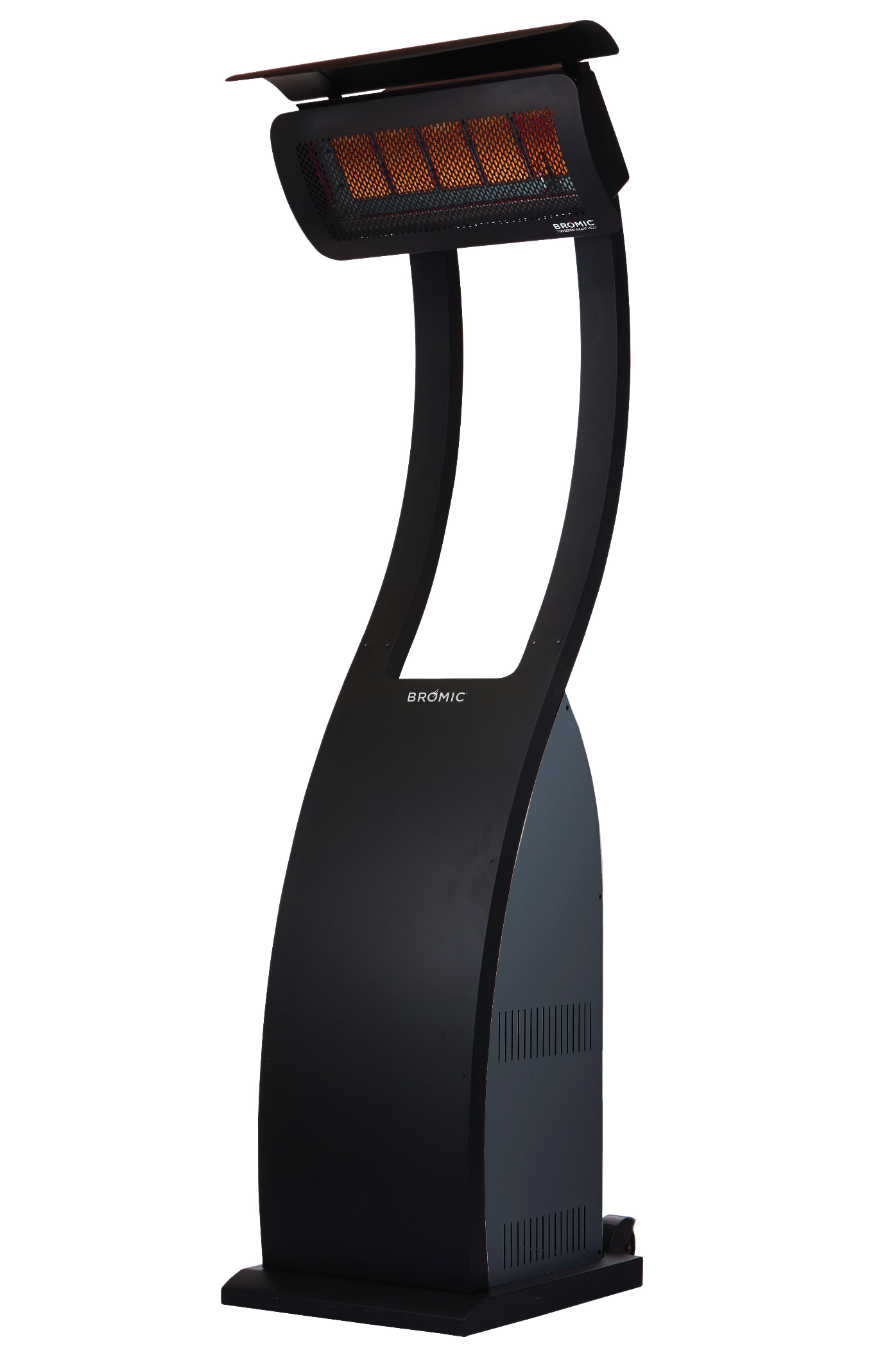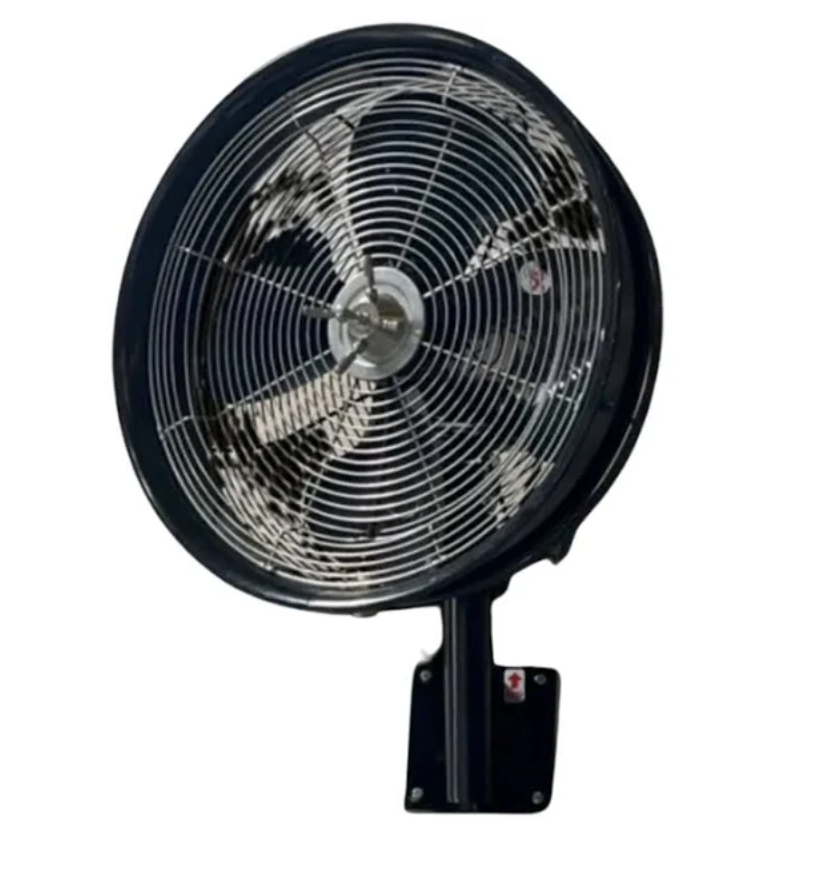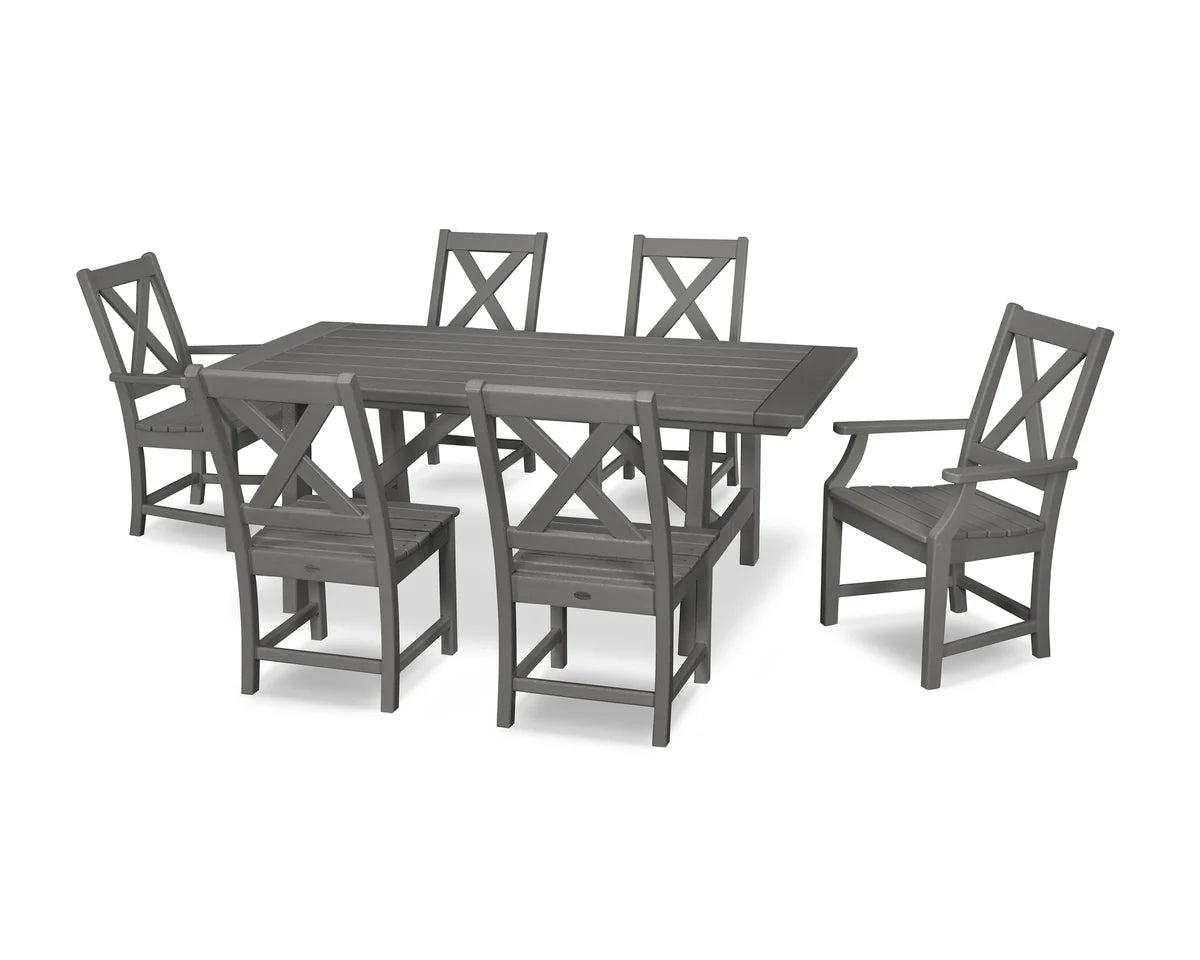Mastering the Art of Outdoor Cooking: Expert Tips from BBQ Professionals

When it comes to firing up the grill, many people think they just need to toss some meat on and wait for it to cook. But here’s a secret: BBQ is an art and a science rolled into one delicious package! The key lies in mastering some fundamental techniques that can turn your backyard cookouts into mouthwatering feasts. From controlling temperatures and managing flare-ups to choosing the right tools, every aspect of grilling plays a role in elevating your culinary skills. Whether you're a total newbie or someone looking to sharpen your existing skills, this guide will walk you through essential BBQ tips from seasoned professionals, helping you create not just food—but flavorful experiences for family and friends alike. So grab your apron, and let’s get cooking!
In "Mastering the Art of Outdoor Cooking," you will discover essential techniques and tips from BBQ professionals, such as achieving perfect sears, maintaining grill temperature, effectively using a meat thermometer, and understanding the importance of resting meat after cooking. These expert insights will elevate your grilling game and enhance the flavors of your outdoor culinary creations.
The Art of Grill Mastery
Mastering the art of grilling goes beyond simply flipping burgers; it is a skill that combines science, technique, and creativity into one satisfying experience. One essential aspect of grill mastery is temperature control. Properly managing cooking temperatures allows you to achieve everything from caramelized crusts on meats to perfectly tender chicken.
For instance, if you're aiming for that ideal sear on a steak, high heat is crucial—it locks in those flavorful juices, creating a mouthwatering crust. However, when it comes to cooking poultry or larger cuts like pork shoulder, lower temperatures are often more effective; this method helps in breaking down tough fibers and ensures your meat remains juicy and tender.
Think of grilling as a dance with fire: balance is key. You want to know when to crank up the heat and when to pull back.
Another vital skill for any grill master is learning to manage flare-ups. These sudden bursts of flame can make or break your meal. When fat drips onto hot coals, it ignites, causing flames that can scorch your food. A simple trick is to keep a spray bottle filled with water nearby; this gives you a tool to douse unexpected flames without disturbing the cooking process too much.
Learning when to move food away from direct heat and using indirect grilling methods can minimize unwanted flare-ups while still achieving delicious flavor through slow cooking.
Ideal Temperatures for Different Meats
- Chicken: Aim for 165°F—juicy without the risk!
- Pork: Cook until it reaches a safe 145°F for that sweet spot between tenderness and moisture.
- Beef (Medium): About 160°F ensures it's cooked but still pink in the center—a satisfying bite.
- Fish: Similar to chicken, hit at least 145° so it flakes nicely without being dry.
As we explore the nuances of BBQ techniques, familiarity with your grill—whether charcoal or gas—is critical for successful outcomes. Understanding the benefits of a two-zone setup is incredibly beneficial for beginners; by creating distinct areas on the grill where one side uses direct heat and the other indirect, you gain greater control over cooking times and methods.
This versatility is invaluable—you can sear steaks directly over hot coals while letting the chicken cook through more gently alongside.
Imagine setting up your grill like an artist sets up their palette: each color represents a different flavor sensation, waiting to be unleashed!
Embracing Continuous Learning
As you continue on this grilling journey, remember that improvement comes with practice and patience. Watching videos, reading books (like The Science of Great Barbecue by Meathead Goldwyn), and taking advice from experienced grillers will help deepen your knowledge base. For example, consider joining communities where others share their tips and techniques; these collectives can provide support while fueling your passion.
Becoming a master griller means understanding various temperature ranges, learning effective techniques like managing flare-ups and creating unique cooking zones on your grill. Each time you light up that grill, you are not just preparing food; you are embracing an art form steeped in history and creativity within every delicious bite!
With these insights under your belt, let’s turn our attention to the essential tools and equipment that will support your grilling adventures.
Essential BBQ Tools and Equipment
Having the right tools is crucial for any grilling enthusiast. It’s like having the appropriate instruments in a chef’s kitchen—certain items make the difference between an ordinary cookout and a truly exceptional one.
Whether you’re a weekend warrior or a seasoned backyard barbecue master, investing in professional-grade equipment can elevate your BBQ game significantly. However, it’s vital to choose wisely to match your specific needs and skill level. Not all tools are created equal, and knowing which ones are most effective can save you headaches and improve your results.
Must-Have BBQ Tools
- Grill Brush: A good-quality grill brush is essential for keeping your grill grates clean. A clean grill not only ensures better-tasting food but also helps prevent sticking. I recommend using a brush with stainless steel bristles; they provide durability while effectively removing residue without damaging the surface.
- Meat Thermometer: Investing in a reliable meat thermometer is non-negotiable. This tool guarantees that your meat is cooked to the correct temperature, reducing health risks associated with undercooked meat while ensuring perfectly juicy steak every time. A digital version can offer quick readings, turning guesswork into certainty.
- Chimney Starter: If you’re using charcoal, a chimney starter is an absolute game-changer. This tool allows you to light your coals evenly and quickly without relying on lighter fluid, which can impart undesirable flavors to your food.
- Tongs and Spatulas: Quality tongs with long handles are a must-have for safely flipping burgers or chicken without burns. Similarly, a sturdy spatula makes it easier to lift delicate items like fish off the grill without falling apart.
- Basting Brush: For anyone who loves marinades or BBQ sauces, a basting brush is indispensable. Silicone basting brushes are heat-resistant and easier to clean than traditional options—perfect for slathering on some flavorful goodness.
These basic tools serve as your foundation; from here, we explore how various techniques can further enhance your outdoor cooking experience by adding unique flavors through seasoning and marination.
Seasoning and Marination Techniques
Seasoning and marination are pivotal to creating flavorful BBQ dishes that linger delightfully on your palate. The beauty of seasoning comes from its ability to transform a plain cut of meat into something spectacular; it’s like dressing up for an occasion, where the right blend can highlight the natural flavors and provide a stunning presentation.
Crafting the Perfect Rub
Think of a rub as a coffee blend: various spices come together to create a complex but cohesive flavor profile. The magic lies in selecting the right combination of ingredients tailored to amplify the essence of the meat. For instance, paprika adds smokiness, while brown sugar contributes a touch of sweetness that caramelizes beautifully when exposed to heat. Then there’s cayenne pepper, introducing just enough kick to make your taste buds dance.
Industry insights reveal that 75% of BBQ enthusiasts prefer homemade rubs over store-bought ones. Creating a personalized rub not only enhances your dishes but also allows you to experiment with flavors that resonate with your style. So get creative! Whether it’s adding herbs like thyme or experimenting with garlic powder, the possibilities are endless.
Marinating Methods
Marination involves soaking your meat in a flavored liquid mixture, often featuring acidic components like vinegar, citrus juice, or yogurt to tenderize it effectively. The acid breaks down tough proteins, transforming meats into culinary masterpieces that practically melt in your mouth.
Here’s a tip from renowned pitmasters: marinate your ribs overnight in a mixture of apple cider vinegar, garlic, and brown sugar for exceptional tenderness. This simple yet effective method not only ensures flavor penetration but also drastically improves texture.
When considering marination time, different meats have varying needs. For chicken, a soak lasting 30 minutes to 2 hours is often adequate, while beef can luxuriate in marinade for anywhere from 1 hour up to 24 hours. On the other hand, fish requires just a brief period—around 15 to 30 minutes—to avoid mushiness due to its delicate nature.
Remember the basic marinade ratio: use 1 part acid (like vinegar or citrus juice) to 3 parts oil (such as olive oil). This creates the perfect balance of moisture and flavor without overpowering the meat's natural qualities.
With your meat perfectly seasoned or marinated, it’s essential to explore how different types of wood can enhance smoking and infuse unique flavors into your barbecue creations.
Smoke and Wood Flavoring
Different woods impart unique flavors to your BBQ creations, transforming each bite into an experience that tantalizes the taste buds. Choosing the right wood is akin to selecting the finest spices; it significantly enhances the characteristics of the meats you cook. For instance, hickory and mesquite are well-known for their strong, robust flavors, making them perfect choices for heartier cuts such as beef brisket or ribs. The deep, earthy notes they provide can be delightful when used correctly.
At the same time, lighter woods such as apple and cherry offer a gentle yet distinct sweetness that complements poultry and fish beautifully.
If you're preparing chicken or a delicate white fish, using milder woods creates a harmonious balance between the meat's natural flavors and the smokiness introduced during cooking. The sweetness of apple wood pairs delightfully with roast chicken, while cherry wood can impart a subtle richness to your salmon, enhancing its flavors without overpowering them.
If you’re looking to infuse your grill sessions with these incredible smoky flavors but aren’t sure where to start, consider using a wood chip smoker box. These boxes allow beginners to easily introduce smoke into their cooking without requiring specialized equipment. Simply fill your smoker box with your selected wood chips and place it on the grill over direct heat. As the chips begin to smoke, they will release their distinctive flavors into your food.
Understanding how various kinds of wood interact with different meats opens up new pathways for culinary exploration, enhancing every cooking adventure in delightful ways as we transition into further developing our skills and techniques.
Mastering Cooking Techniques
To truly excel in outdoor cooking, mastering various BBQ techniques is essential. Different methods can yield everything from juicy steaks to tender roasts, allowing you to harness the full flavor potential of your ingredients. The art of BBQ is all about transforming simple meats into mouthwatering dishes that evoke flavor and satisfaction among your guests.
Direct vs. Indirect Grilling
One foundational concept in BBQ is the distinction between direct and indirect grilling.
Direct grilling involves placing food directly over the heat source, making it ideal for quickly cooking items like steaks and burgers that benefit from high heat for a perfect sear. Think of those beautiful grill marks—whether you’re cooking for friends or a special family dinner, that presentation makes all the difference. Preheating your grill to a solid 450°F to 500°F ensures better texture and flavor.
On the other hand, indirect grilling positions food away from the direct heat source. This method is particularly handy when cooking larger cuts like roasts or ribs, which require more time to break down connective tissues and become tender. Setting your grill up with two temperature zones allows effective use of both methods; while some items sear on the hot side, others can gently cook on the cooler side. It’s an efficient approach that gives your meats the attention they need without sacrificing flavor.
Braising and Smoking
When it comes to more complex flavors, braising presents a fantastic opportunity for enhancing your barbecue repertoire. This technique involves cooking meat slowly in a liquid—think of tender pulled pork cooked in apple juice or beef short ribs simmered in red wine. Maintaining low temperatures in a smoker or slow cooker melds flavors beautifully over time, making every bite succulent.
Now let's talk about smoking, this is where many BBQ enthusiasts elevate their dishes further. For successful smoking sessions, it's vital to maintain temperatures between 225°F to 250°F. Some experts recommend investing in digital thermometers to monitor temperature accurately—a crucial step since it can significantly impact the quality of your final dish. As noted by Food & Wine magazine, low-and-slow cooking enhances tenderness and infuses meats with a delicious smoky flavor.
Armed with these foundational techniques, you're ready to dive deeper into expert insights that can transform your BBQ game even further.
BBQ Professionals' Insider Secrets
Top pitmasters have honed their craft through years of dedicated practice and a willingness to learn from others. While mastery comes with experience, the exchange of invaluable tips within the BBQ community often helps enthusiasts and aspiring pitmasters elevate their skills.
Pro Tips
- Resting Meat: After you take the meat off the grill, allowing it to rest helps the juices redistribute throughout. This simple technique prevents dryness and ensures each bite bursts with flavor.
- Mop Sauces: The timely application of mop sauces during the smoking process keeps the meat moist while infusing rich layers of flavor. The act of mopping enhances taste and adds a ceremonial element that elevates your BBQ ritual.
- Foil Wrapping: Using foil can be transformative. By trapping moisture while meat cooks, you're creating an environment that enhances tenderness and prevents drying out—a crucial factor with tougher cuts of meat.
By incorporating these tips into your BBQ routine, you’ll refine your skills and bring authentic professional finesse into your backyard cooking adventures.
Understanding that BBQ is more than just food—it's about community and connection—professionals encourage experimenting with flavors and ingredients while keeping foundational tips close at hand. Embrace the artistry involved in BBQ cooking, making each session at your grill both an exploration and an expression of your culinary personality.
Frequently Asked Questions
What are the essential tools and equipment recommended by BBQ professionals for outdoor cooking?
BBQ professionals recommend a range of essential tools for outdoor cooking, including a quality charcoal or gas grill, a set of durable grilling utensils (like tongs, spatula, and basting brush), a meat thermometer for accurate cooking, and a sturdy cutting board. Additionally, investing in a good smoker box can enhance flavors significantly. According to a survey by the American Barbecue Association, 78% of participants noted that having the right tools improved their grilling experience, highlighting the crucial role these items play in achieving expert-level BBQ results.
What are some advanced cooking techniques used by professional pitmasters that I can try at home?
Professional pitmasters often utilize techniques such as reverse searing, where meat is cooked at a low temperature before being finished on high heat for a perfect crust, and the use of wood chip smoking, which infuses rich flavors into meats. Additionally, mastering the art of wrapping in butcher paper—commonly called the "Texas Crutch"—can speed up cooking while keeping the meat moist. According to BBQ experts, these methods can enhance flavor and tenderness, so it is worth experimenting with them at home to improve the barbecue experience.
How can I effectively control the temperature on a charcoal grill versus a gas grill?
Controlling temperature on a charcoal grill involves adjusting the air vents and using the right amount of charcoal; for instance, opening the vents increases oxygen flow and heat, while closing them cools things down. A two-zone setup, with one side hotter for searing and the other cooler for indirect cooking, is effective. In contrast, gas grills provide precise temperature control through adjustable burners that can be easily regulated. Studies show that users prefer gas grills for consistency, achieving desired temperatures within 10 minutes, whereas charcoal can take up to 30 minutes to stabilize.
What common mistakes should beginners avoid?
When venturing into outdoor cooking, beginners should be mindful of several common mistakes that can hinder their culinary experience. One of the most prevalent errors is not preheating the grill or smoker adequately, which can lead to uneven cooking and undesirable textures. Additionally, many novices tend to overcrowd the cooking surface, preventing proper airflow and resulting in steaming rather than grilling. It's also crucial to avoid using too much lighter fluid or not allowing it to burn off completely, as this can impart a chemical taste to the food. Lastly, beginners often overlook the importance of resting meat after cooking; allowing it to sit for a few minutes helps retain juices and enhances flavor.
Master Outdoor Cooking with BBQ Outfitters
Mastering the art of outdoor cooking transforms ordinary meals into unforgettable culinary experiences. With expert tips and the right equipment, you can elevate your skills and become the grillmaster you’ve always aspired to be. At BBQ Outfitters, we’re here to help every step of the way, offering top-quality grills, tools, and accessories tailored to your needs. Whether you want to host a backyard barbecue or perfect your favorite recipes, trust BBQ Outfitters to provide everything you need for outdoor cooking success. Let us inspire your journey to delicious meals and memorable moments.











